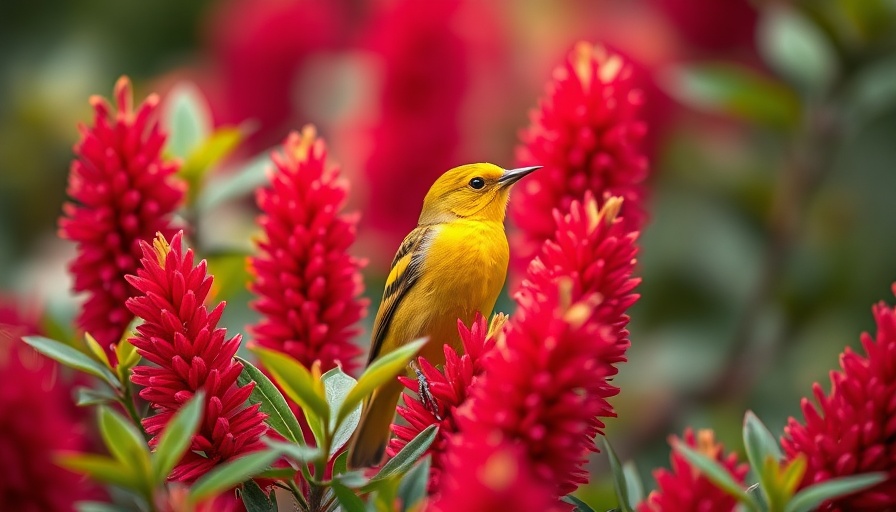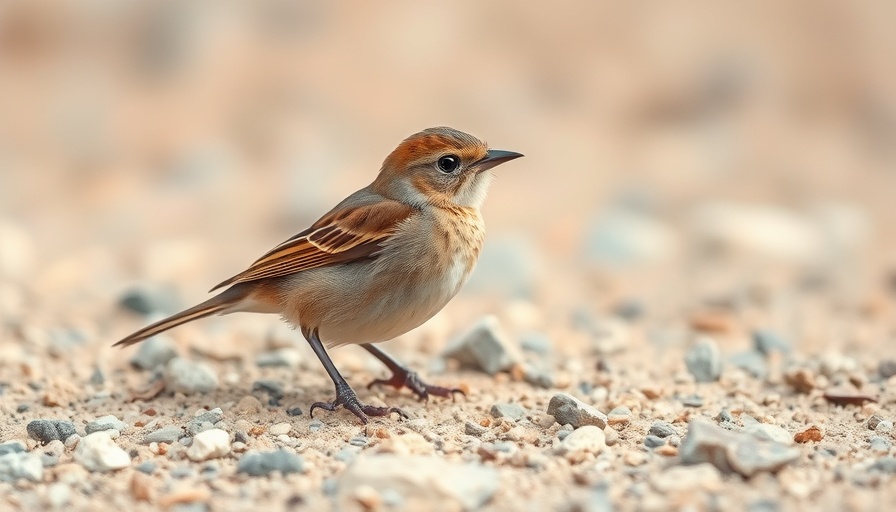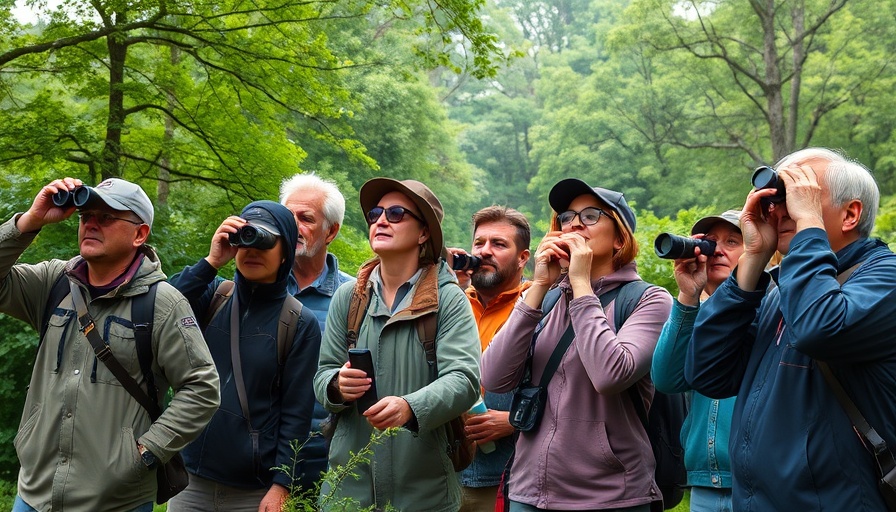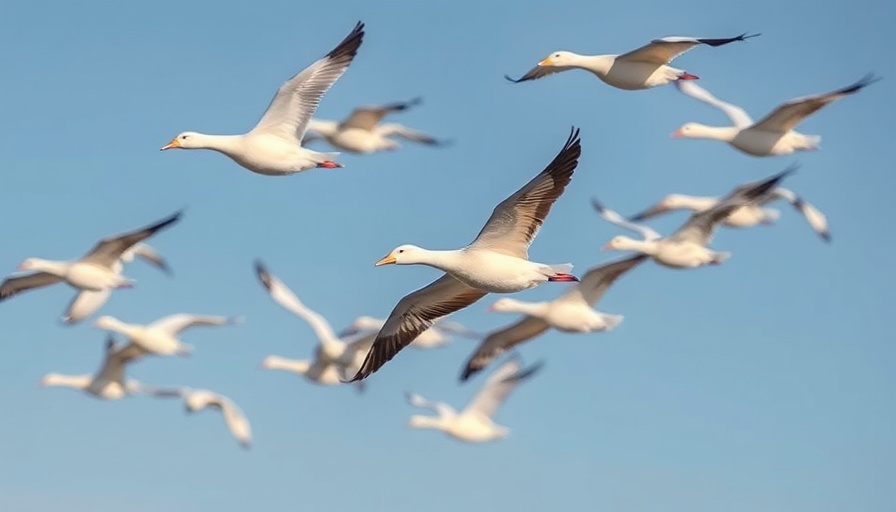
Dive into March 2025’s Exciting eBirder of the Month Challenge!
The March eBirder of the Month challenge, sponsored by ZEISS, is your chance to participate in citizen science like never before. This initiative encourages bird watchers to capture precise data through the eBird Mobile app, available for both iOS and Android. With this app in hand, the guesswork about how far and how long you were birding is eliminated, allowing you to focus solely on observing the avian world around you.
Why Precision Matters in Birding
This month’s challenge invites participants to submit at least 20 eligible checklists using eBird Mobile’s GPS tracking feature, specifically keeping their tracks under 5 km (3 mi). But why this specific distance? Short tracks enable researchers to align birds more closely with their natural habitats. The data gathered is essential for developing accurate abundance maps and habitat models that can greatly influence conservation strategies and bird-friendly practices.
Getting Started and Submitting Your Checklists
To participate, ensure you have the latest version of the eBird Mobile app and that you keep track recording on during your observations. Remember, you can even make stationary checklists with GPS tracks! If you accidentally leave your track running after finishing, don’t worry—simply edit it before submission using the map feature in the app. This level of detail not only enriches your own birding experience but contributes to a larger scientific effort.
Exciting Prizes Await
Each month presents its own unique eBird challenge, and for March, one lucky participant will win the coveted ZEISS SFL 8×40 binocular. Winners will be notified by the 10th of April, giving you a clear incentive to start submitting your lists for this engaging challenge. ZEISS is not only a leader in sports optics but also a proud partner of the Cornell Lab of Ornithology, emphasizing the value of the scientific data collected by dedicated birders.
Join the Movement Towards Better Birding
Engaging in the eBirder of the Month challenge allows you to connect with fellow bird enthusiasts while contributing to vital research and conservation. As the community continues to grow, tools and applications that enhance birding experiences are evolving and becoming increasingly accessible. Dive into this rewarding challenge and make a difference—both in your local birding area and in the wider ecology.
Let’s make this March a month to remember in birdwatching! Grab your binoculars and eBird Mobile app, and participate in this monthly challenge. Start by recording your lists today and see how your observations contribute to a greater understanding of bird species and their habitats.
 Add Row
Add Row  Add
Add 




Write A Comment